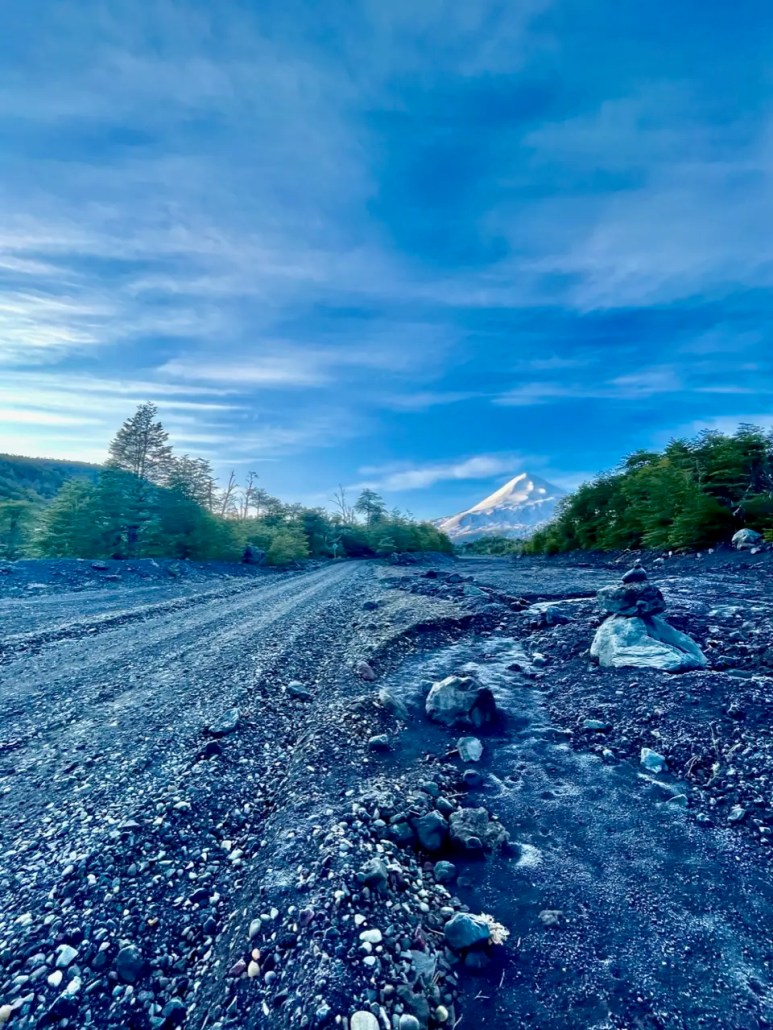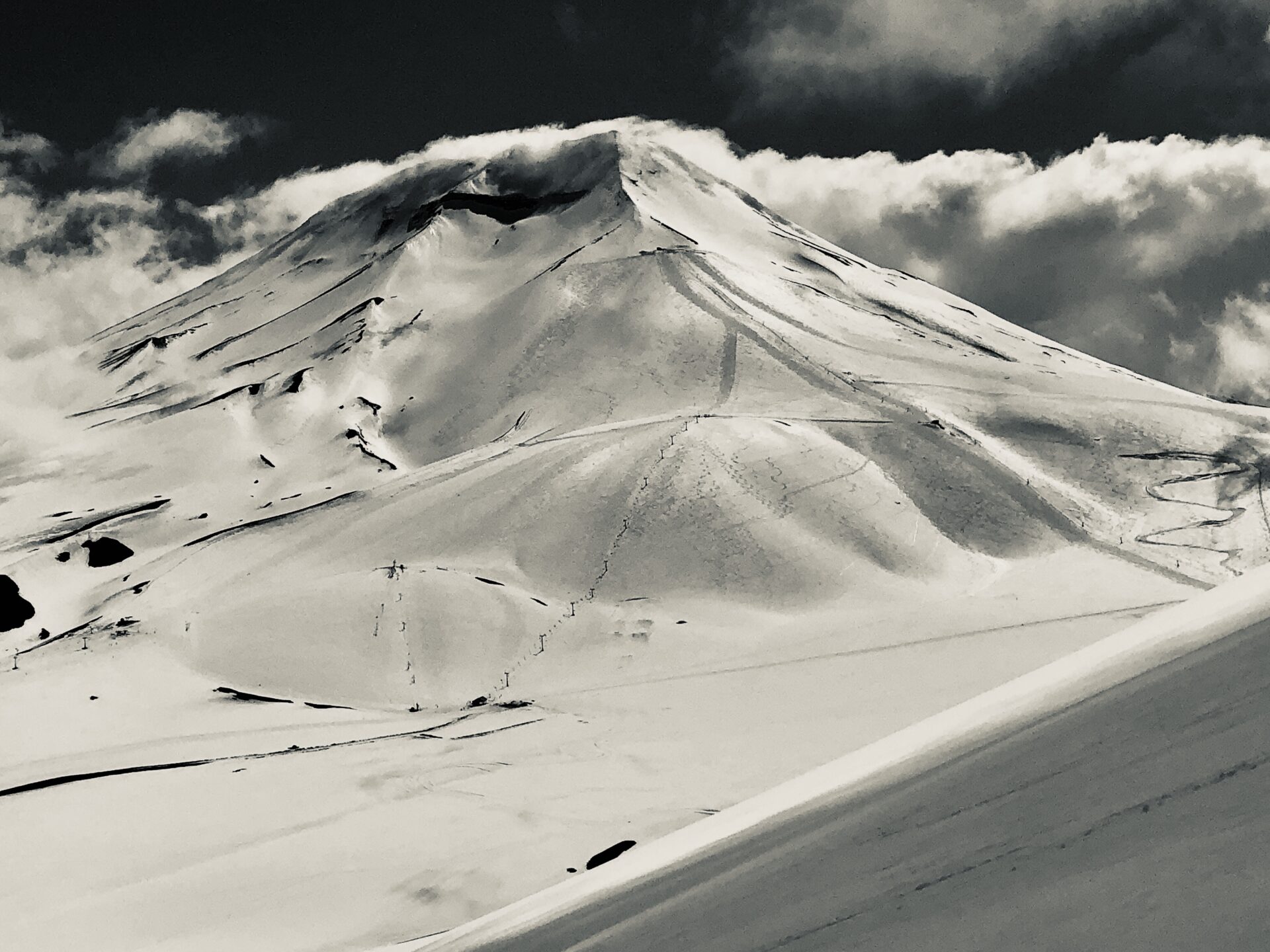Skiing in Chile
Backcountry Skiing and Splitboarding in Chile
Backcountry Skiing in Chile Webinar
We’ll cover the following questions about Skiing in Chile:
- Do the Chilean Andes live up to the hype?
- Why ski touring in Chile is an amazing experience
- What a typical week backcountry skiing in Chile looks like
- The types of skiing you can expect
- Getting there and other essential logistical tips
- How to prepare for a Chilean backcountry ski or splitboard trip
Do the Chilean Andes live up to the hype?
The Chilean Andes absolutely live up to the hype for backcountry skiing, offering a diverse range of terrain, stunning landscapes, and a unique cultural experience. Here’s why:
1. **Abundant Snowfall:** The Chilean Andes receive significant snowfall during the Southern Hemisphere winter months, typically from June to September. This creates excellent skiing conditions with deep powder snow and stable avalanche conditions, particularly in regions like the Central Andes.
2. **Varied Terrain:** From steep couloirs and alpine bowls to expansive glaciers and forested slopes, the Chilean Andes offer a wide variety of terrain for backcountry skiers of all skill levels. Whether you’re seeking adrenaline-pumping descents or scenic tours through remote valleys, there’s something for everyone.
3. **Uncrowded Slopes:** Compared to popular ski resorts in North America and Europe, the backcountry terrain of the Chilean Andes is often less crowded and more pristine. Skiers can enjoy untracked powder runs and a sense of solitude in the vast wilderness of the Andes.
4. **Cultural Experience:** Skiing in the Chilean Andes offers more than just incredible terrain—it’s also an opportunity to immerse yourself in the local culture and hospitality. Explore charming mountain villages, savor traditional Chilean cuisine, and connect with friendly locals who are passionate about their mountainous homeland.
5. **Accessibility:** Many of the best backcountry skiing areas in the Chilean Andes are easily accessible from major cities like Santiago, making it convenient for international travelers to reach remote mountain regions.
6. **Stunning Scenery:** The Chilean Andes are renowned for their stunning natural beauty, with towering peaks, crystal-clear lakes, and rugged glaciers creating a breathtaking backdrop for backcountry skiing adventures. Whether you’re skiing above treeline or weaving through ancient araucaria forests, the scenery is sure to leave a lasting impression.
Overall, the Chilean Andes offer an unparalleled backcountry skiing experience that lives up to the hype and then some. With incredible snow conditions, diverse terrain, cultural richness, and accessibility, it’s no wonder that the Andes are a bucket-list destination for adventurous skiers from around the world.
Ski touring on Chilean volcanoes offers a unique and exhilarating experience for backcountry enthusiasts. Here’s why:
1. **Iconic Peaks:** Chile is home to numerous volcanoes, many of which rise dramatically above the surrounding landscape, creating iconic and picturesque summits. Skiing on these volcanoes offers the opportunity to explore some of the most stunning and recognizable peaks in South America.
2. **Accessible Terrain:** Many of Chile’s volcanoes boast ski touring routes that are accessible to most skiers.
3. **Unique Terrain Features:** Skiing on volcanoes often presents skiers with unique terrain features such as wide-open bowls, steep couloirs, and expansive glaciers. These diverse landscapes offer a variety of skiing experiences, from mellow powder runs to thrilling descents down challenging chutes.
4. **Natural Hot Springs:** Chile’s volcanic regions are often dotted with natural hot springs, providing a perfect post-skiing relaxation spot. After a day of skiing, there’s nothing quite like soaking in a warm pool surrounded by breathtaking mountain scenery, making for a truly memorable and rejuvenating experience.
5. **Cultural Significance:** Volcanoes hold cultural significance in Chilean history and folklore, with many indigenous communities considering them sacred. Skiing on volcanoes allows skiers to connect with the rich cultural heritage of the region and gain a deeper appreciation for the land and its people.
6. **Spectacular Views:** Skiing on Chilean volcanoes offers unparalleled panoramic views of the surrounding landscapes, including other nearby peaks, sparkling lakes, and sprawling valleys.
Overall, skiing in Chile offers a unique blend of adventure, natural beauty, and cultural immersion, making it an unforgettable experience for backcountry skiers seeking new and exciting challenges.

A typical week of backcountry skiing in Chile offers a diverse and exhilarating experience, combining stunning scenery, challenging terrain, and cultural immersion. Here’s a sample itinerary:
Sample Itinerary
We’ve run a similar program the past two years and have had great ski conditions on the volcanoes of the Araucaniá region.
- Trip length- Nine days
- Volcanoes: Lonquimay, Sierra Nevada, Llaima, Villarrica and Quetrupillan
- Day 1 Arrive in Temuco. Your guide will meet you at the airport. Enjoy a two hour drive through lush Chilean farm lands and into the mountains. Check into accommodations and welcome dinner.
- Day 2: From our comfortable base in Malalcahuello we’ll head to volcan Lonquimay. The Corralco ski area is at the base, which makes for a fun Chilean atmosphere.
- Day 3 Ski Sierra Nevada or Llaima.
- Day 4 ski volcan Lliama. The prize of the Araucaniá region, hitting the north face in prime conditions makes for a 1900+m run!
- Day 5 More skiing around Malalcahuello. Après hot springs and local Chilean cuisine in Malacahuello
- Day 6 Transfer to Pucón We’ll enjoy a slow morning and drive to Pucón. After checking into our accommodations we’ll head into town for dinner.
- Day 7 From Pucón, we’ll ski volcanoes Villarrica, or Quetrupillan
- Day 8 From Pucón, we’ll ski volcanoes Villarrica, or Quetrupillan.
- Pucón offers plenty of great restaurants and local hot springs.
- Day 9Transfer to Temuco
- Other possible volcano objectives are: Antuco, Sollipulli, Mocho Choshuenco, Puyehue, Osorno and more…
Throughout the week, you’ll have the opportunity to ski on some of Chile’s most iconic peaks, immerse yourself in the natural beauty of the Andes, and connect with the rich cultural heritage of the region. It’s an unforgettable adventure that combines the thrill of skiing with the warmth of Chilean hospitality.
The types of skiing you can expect
Here’s what you can generally expect:
-
Powder: During the winter months of June to September, Malalcahuello receives significant snowfall, creating excellent powder skiing conditions. Fresh, fluffy powder can be found on the slopes of the surrounding volcanoes, providing skiers with thrilling descents and opportunities for deep powder turns.
-
Spring Conditions: In the spring months of October and November, the snowpack may become more variable as temperatures rise and the snow begins to melt. Skiers can expect a mix of soft spring snow and firm, icy conditions depending on the time of day and elevation.
-
Corn Snow: As the spring season progresses, the snowpack often undergoes a transformation, with the snow softening during the day and refreezing overnight. This creates ideal conditions for corn snow—a type of granular snow that is smooth and easy to ski on, making for enjoyable spring skiing experiences.
Variable Terrain: Malalcahuello offers a variety of terrain for skiers of all levels, from gentle slopes to challenging couloirs and glaciers. Depending on your skill level and preferences, you can find terrain suited to powder skiing, ski mountaineering, and scenic touring.
Getting there and other essential logistical tips
Getting to Temuco, the nearest major city to Malalcahuello, is easy.
- Flying to Temuco: The most common way to reach Temuco is by flying into La Araucanía International Airport (ZCO). Several airlines operate domestic flights to Temuco from Santiago, Chile’s capital city. The flight takes approximately 1.5 hours.
-
Ground Transportation: Once you get to La Araucanía International Airport (ZCO), your guide will meet you there. It’s about a 2.5 hour drive with stops to Malalcahuello.
-
Travel Insurance: It’s essential to have comprehensive travel insurance that covers skiing and outdoor activities, as well as medical evacuation in case of emergencies. Check with your insurance provider to ensure you have adequate coverage for your trip to Chile.
-
Language and Currency: Spanish is the primary language spoken in Chile, so it’s helpful to have some basic language skills or a translation app. The currency is the Chilean Peso (CLP), and credit cards are widely accepted in major cities and tourist areas.
-

Paila marina
Weather and Climate: Be prepared for changing weather conditions in the Chilean Andes, including cold temperatures, strong winds, and potential snowstorms. Pack appropriate clothing and gear for skiing volcanoes in Chile, check out our blog on how to pack.
More Coming Soon!
Check out our international trip offerings. If you’re interested in a guided ski traverse, we offer them. Our traverse page lists some options and trip dates, but we are always stoked to explore new terrain, so don’t hesitate to ask about a custom trip.
Here is a look at the gear I use for these trips.
If you’re looking for skis this trip, check out WNDR Alpine. This code will get you 20% off FF20-CONORH
Folkrm poles will give you 20% off with this code ARCTOS20
Raide Packs will give you $50 a pack with this code arctos-50-off
Norrona will give you 5% off with this code PROCONORH
If you’re interested in joining a trip, or would like to know more about what we offer, send us an email or check out our Backcountry Lodge Trips
Avalanche Canada’s Mountain Weather Forecast is a great resource.





